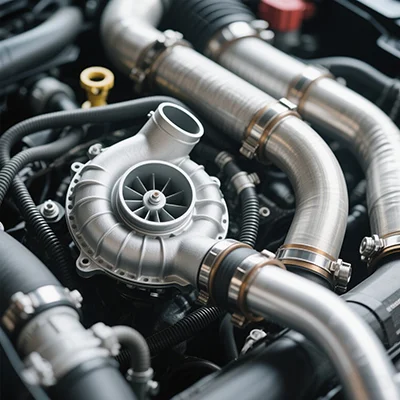Innovations in Food Packaging: Crafting the Recipe for Good Packaging
In today's fast-paced world, food packaging plays a crucial role in preserving the quality, safety, and appeal of products. Good food packaging not only protects the contents but also enhances the overall consumer experience. This blog post explores the key aspects and strategies involved in creating high-quality food packaging that meets both functional and aesthetic requirements.
- Understanding Consumer Needs:
To create good food packaging, it is essential to understand the needs and preferences of consumers. Conducting market research and analyzing consumer behavior can provide valuable insights into packaging design, material choices, and functionality. By aligning packaging with consumer expectations, brands can enhance product appeal and build trust. - Material Selection:
Choosing the right packaging materials is vital for maintaining product freshness, extending shelf life, and minimizing environmental impact. Sustainable and eco-friendly materials, such as biodegradable plastics, compostable materials, and recyclable packaging, are gaining popularity. Additionally, considering factors like barrier properties, durability, and cost-effectiveness is crucial in selecting appropriate materials. - Functional Design:
Functional design focuses on ensuring convenience, ease of use, and product protection. Incorporating features like resealable closures, easy-open mechanisms, and portion control options can enhance user experience. Moreover, ergonomic considerations, such as grip, stackability, and space optimization, contribute to efficient storage and transportation. - Safety and Regulatory Compliance:
Food packaging must comply with stringent safety regulations to protect consumers from contamination and health risks. Adhering to guidelines set by regulatory authorities ensures that packaging materials and printing inks do not pose any harm to the food. Implementing quality control measures and conducting regular testing and inspections are essential to maintain safety standards. - Branding and Aesthetics:
Packaging serves as a powerful marketing tool, creating brand recognition and influencing purchasing decisions. A visually appealing design, consistent with the brand identity, can attract attention and differentiate products from competitors. Utilizing innovative printing techniques, vibrant colors, and engaging graphics can leave a lasting impression on consumers. - Sustainability and Waste Reduction:
In recent years, there has been a growing emphasis on sustainable packaging solutions to reduce waste and environmental impact. Implementing strategies like lightweighting, using renewable materials, and optimizing packaging sizes can minimize carbon footprint. Encouraging recycling and providing clear disposal instructions also contribute to a more sustainable packaging lifecycle.
Conclusion:
Crafting good food packaging requires a comprehensive understanding of consumer needs, material selection, functional design, safety compliance, branding, and sustainability. By integrating these elements, brands can create packaging that not only protects the product but also enhances the overall consumer experience. Embracing innovation and staying updated with industry trends will pave the way for future advancements in food packaging.
